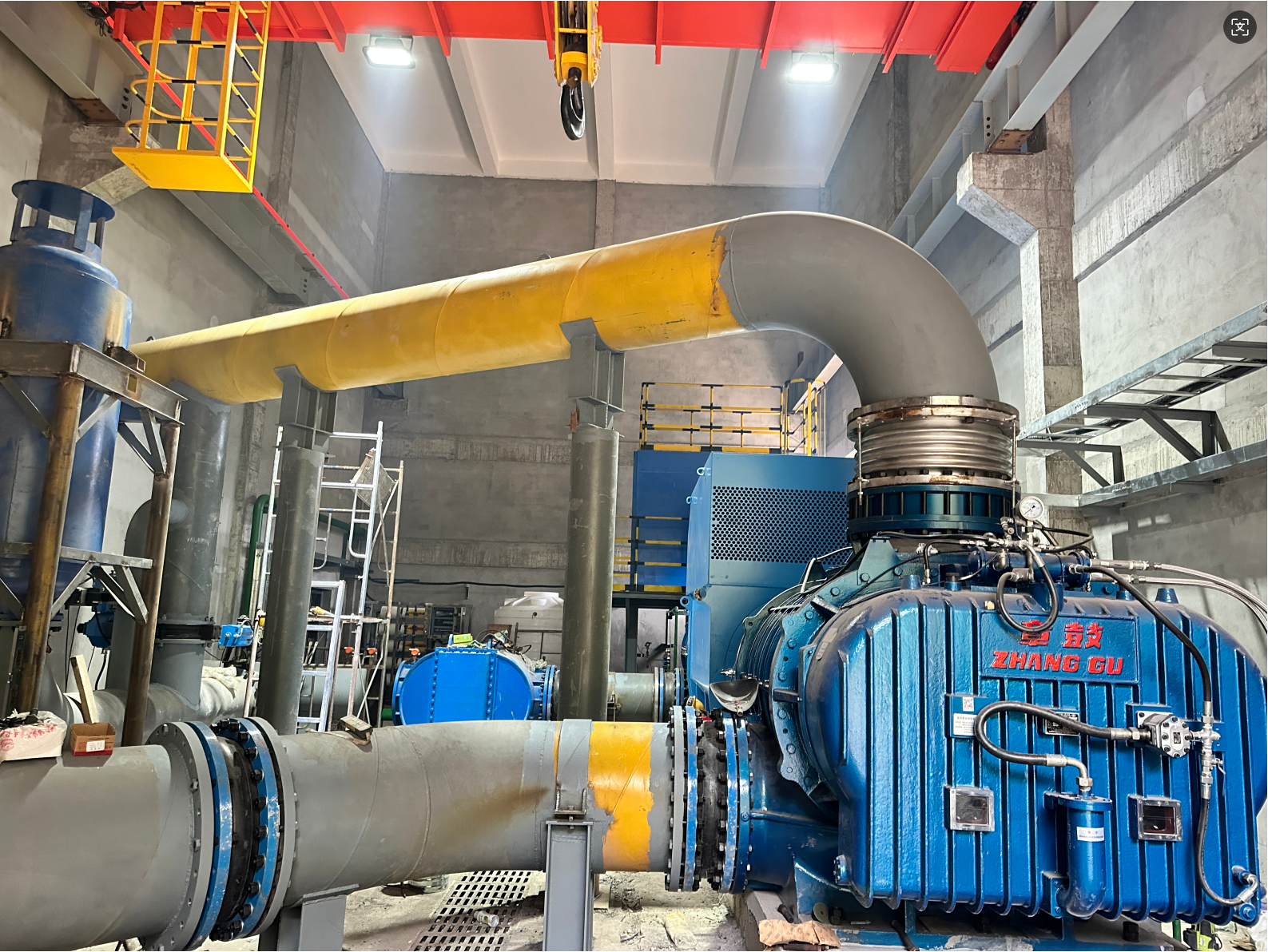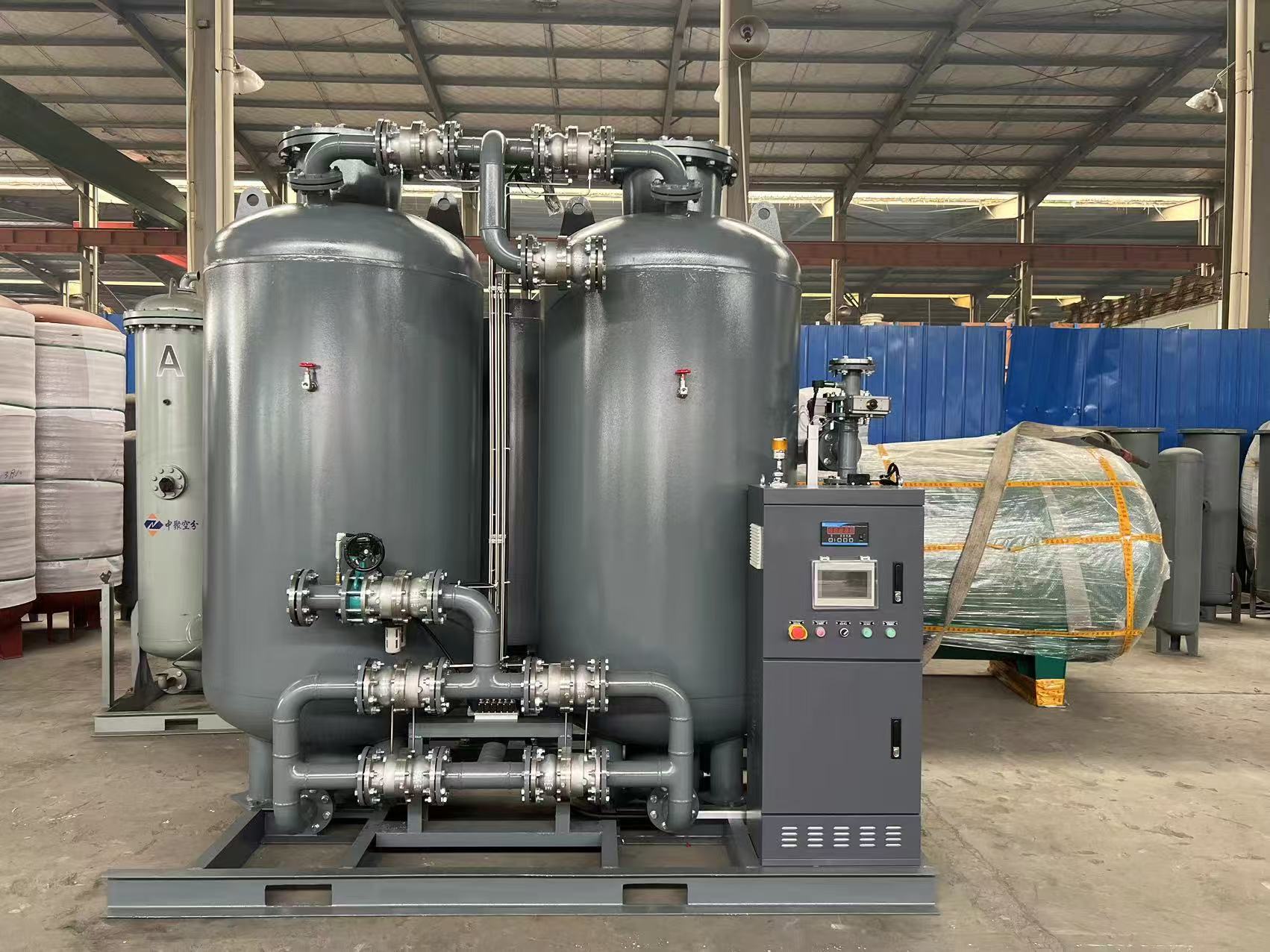

Күнөйдүк PSA системалары өзгөчө автоматика жана мониторинг системалары менен тигеизлениши керек эле жана иштеп чейин эле болгонdur. Интегралдоолу башталыш системалары давление деңгээлдерин, оксиген чистыгыны жана жыктандык деңгээлдерин сүрөттөөгө жөнөтүп, оптималдык иштетүү үчүн реальдуктуу убакытта өзгөртүүлер кылып жатат. Адамгой сенсорлор жана диагностикалау арaclары мүмкүн болуш көрфөздөрдүн алдында көрсөтүүгө тууралат, бул же предативтык техникалык колдонулушка болушун арттырып, эч нерсе иштетүүнүн ар дагы азырланышын кемитет. Автоматика системасы урматтуу мониторинг мүмкүnlүктөрү бар, оператордor системанын иштетүүсүн жакын-уян эле көзден өткүзүүge болот. Бул дәрежедеги автоматика оксиген качествисин тигеизлөөгө жана оператордун тиешелүү көздөгүн кемитүүгө жол берет, бул же азырланган ишчилердин жыгысын жана иштетүүдүн эч нерсе иштетүүсүн арттырат.
